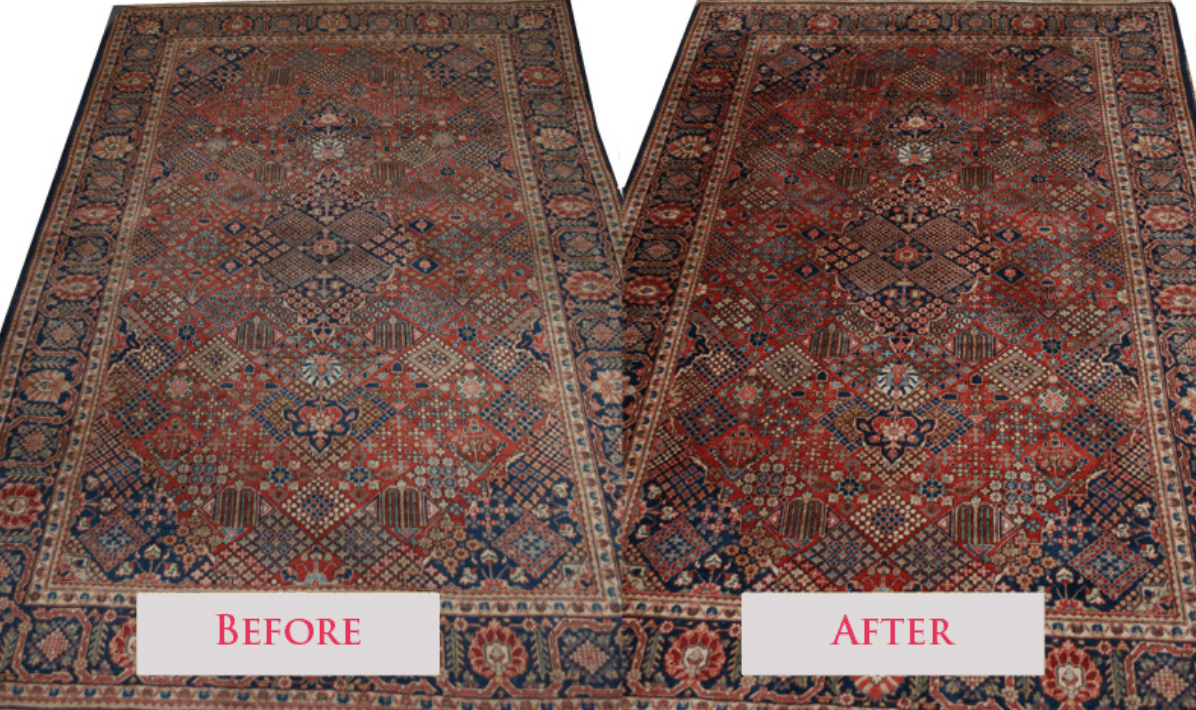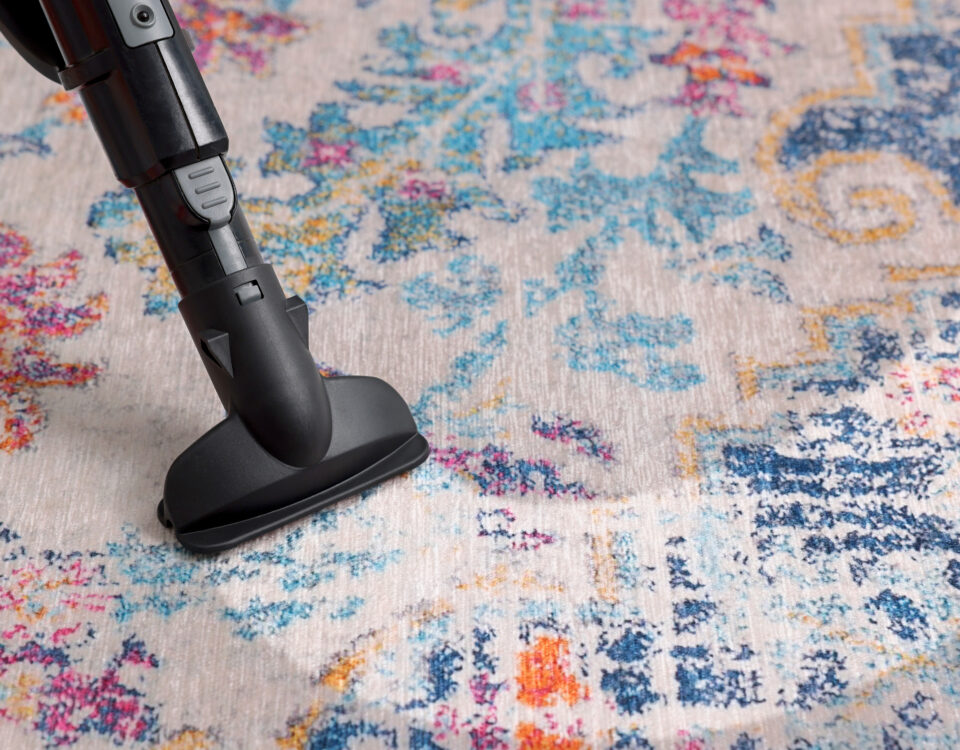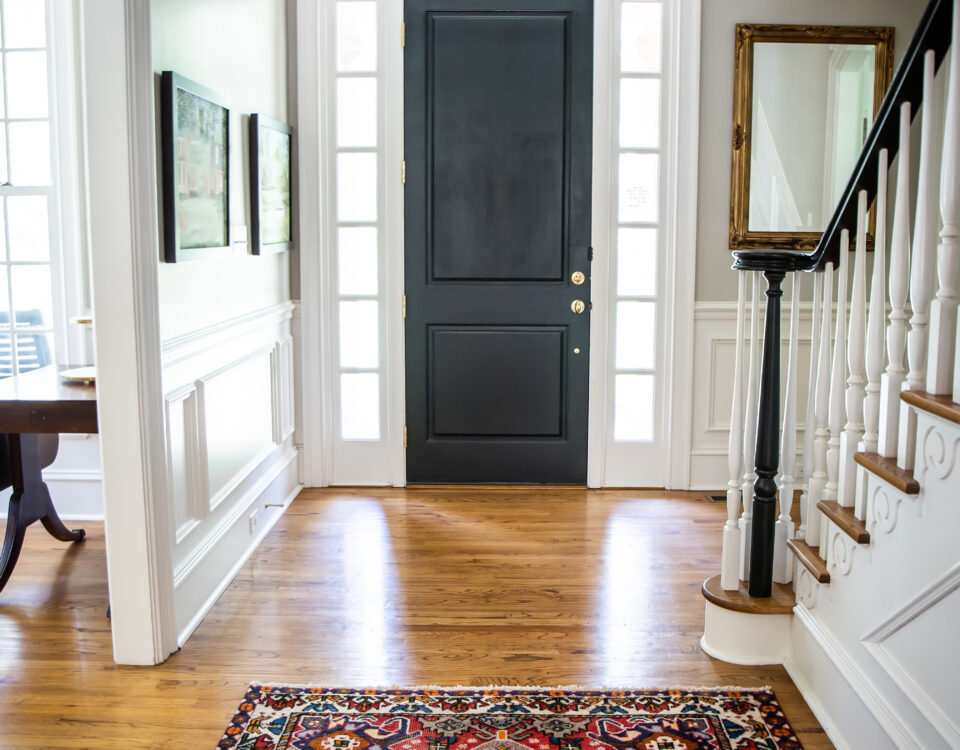How to Protect Your Rug From Pet Damage
May 2, 2021
How to Keep Your Oriental Rug Looking Like New
July 2, 2021Oriental Rug Repair in Philadelphia
Since 1923, Zakian has been the place to go for oriental rug repair in Philadelphia, Pennsylvania. We would love to share a bit of history about these beautiful works of art.
Oriental Rugs Through the Years
For centuries, oriental rugs have represented luxury, taste, and warmth. The craft of carpet making is thousands of years old. In Asia and the Middle East, nomadic tribes wove rugs to cover cold, damp ground. Like tents, rugs could be moved to more hospitable territories when resources grow scarce. The strict hierarchical organization of these societies gave rise to an advanced culture. As caravans brought new ideas to established populations, rug making evolved into a technically sophisticated art. Trade along the Silk Road created opportunities for wealth and cultural exchange. Each region’s art developed a geographically distinctive character.
Zakian specializes in oriental rug repair in Philadelphia, and we also sell a fine selection of rugs from Persia, China, India, Turkey, Pakistan, and Tibet in our showroom. Here’s what makes each region special:
Persia
Persian rugs are often considered the best in design, materials, and aesthetics. They generally have the highest number of knots per square inch. In ancient times, Cyrus the Great encouraged the creation of durable and luxurious rugs crafted from goat and sheep wool. Over centuries, craftsmanship reached dazzling levels of refinement. Elaborate patterns of flowers, gems, and geometric shapes allude to the richness of nature.
Turkey
Anatolia was a hub for Asian tribes, and by the 13th century, the region produced large wool rugs up to 6 meters long. Weavers knotted naturally dyed wool in muted shades of red, green, and blue in the symmetrical Turkish fashion to create patterns of squares, stars, diamonds, leaves, and flowers. Eventually, the huge variety of designs evolved to include animal and medallion shapes.
India
In the 16th century CE, the Great Mughal Akbar brought Persian rug weavers to Agra. The infusion of craft brought economic development and social reform to the people. The palaces of the Mughal Empire were opulent. Indian rugs made from silk, wool, and cashmere were loved for their animal and floral motifs, gold and silver threads, and deep colors. The delicate depictions of fanciful mystical gardens give these rugs a magical allure.
Pakistan
Pakistani rug making is part of the Mughal tradition. Wonderful rugs from Lahore are woven in brilliant reds, browns, blacks, and golden hues to create astonishing, lively patterns and asymmetrical animal motifs. Pakistani rugs are prized for their fantastic geometric designs, natural imagery, and quality workmanship.
China
Although large rugs were made for Ming Dynasty palaces, carpet weaving was not considered a high art form in China until the second half of the 18th century. Soon, silk and wool, or more rarely, silk pile carpets were exported to the West. Medallion motifs were common. Western tastes influenced the look of rugs during the 1920s art deco period, and floral motifs and bright colors like blue and maroon became quite popular.
Tibet
Tibetan rugs came into the West at the turn of the 20th century. They are woven with a “Senna loop” that is unique to the region. Weavers from central and southern Tibet use long-fiber, high-quality wool from the northern plains to craft beautiful, desirable, high-pile carpets featuring animal and abstract geometric motifs.
Contact Us For Rug Repair in Philadelphia
Quality hand woven rugs are treasures that can last for generations. We are here to help you carefully maintain your investment by offering oriental rug repair in Philadelphia, Pennsylvania. Call us today to learn more!




